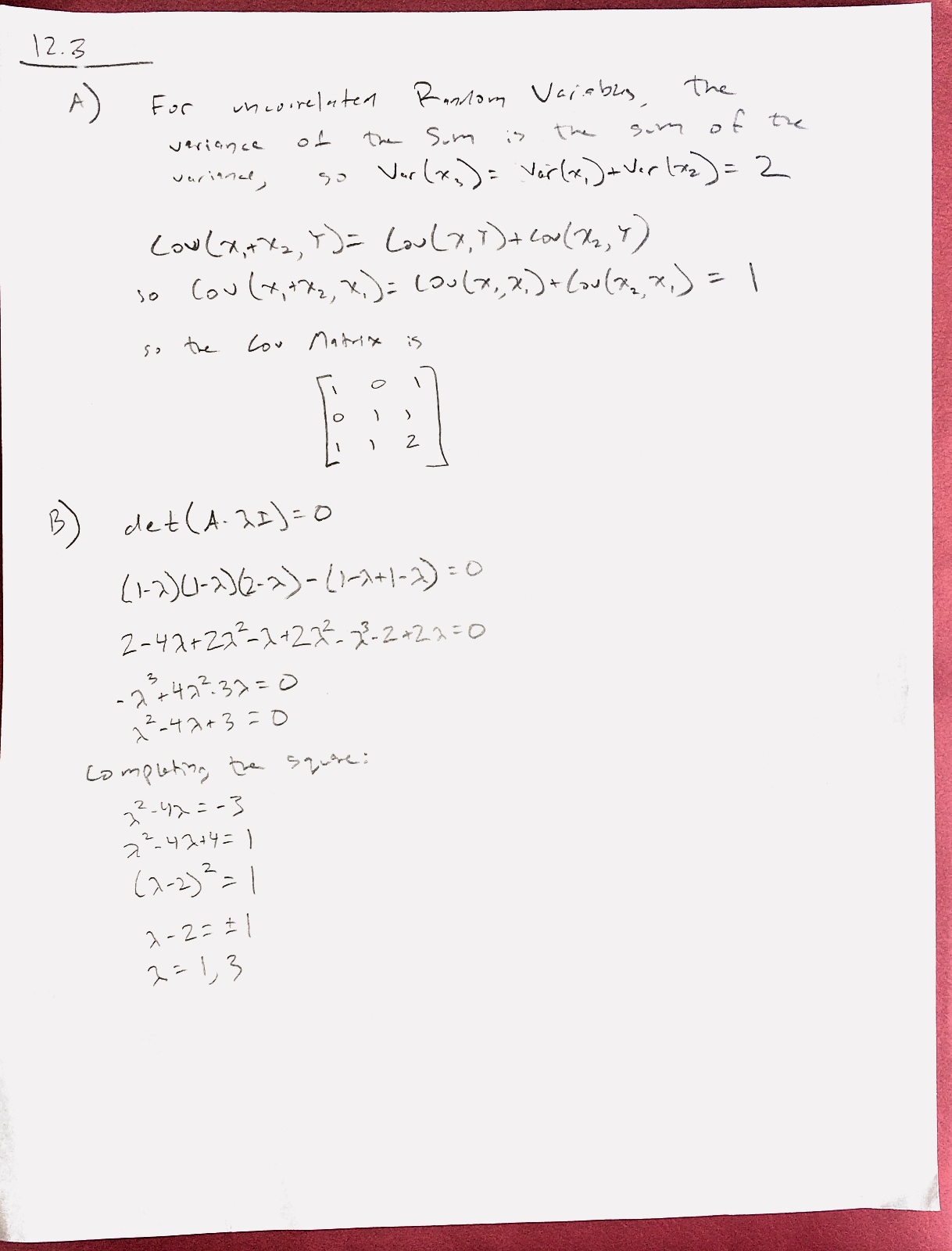

function daub(x)
# Takes the daubechies wavelet transform of a signal
c = [(1 + sqrt(3)) / (4 * sqrt(2)),
(3 + sqrt(3)) / (4 * sqrt(2)),
(3 - sqrt(3)) / (4 * sqrt(2)),
(1 - sqrt(3)) / (4 * sqrt(2))]
N = length(x)
# make sure we got a power of 2 vector length
assert(log2(N) == int(log2(N)))
X = zeros(N)
tmp1 = zeros(N)
tmp1[:] = x[:]
tmp2 = zeros(N)
M = N / 2
while true
for i in 1:(M-1)
#println(i)
tmp2[i] = c[1]*tmp1[2i-1] + c[2]*tmp1[2i] + c[3]*tmp1[2i+1] + c[4]*tmp1[2i+2]
X[M+i] = c[4]*tmp1[2i-1] - c[3]*tmp1[2i] + c[2]*tmp1[2i+1] - c[1]*tmp1[2i+2]
end
# handle the wraparound case
tmp2[M] = c[1]*tmp1[2M-1] + c[2]*tmp1[2M] + c[3]*tmp1[1] + c[4]*tmp1[2]
X[2M] = c[4]*tmp1[2M-1] - c[3]*tmp1[2M] + c[2]*tmp1[1] - c[1]*tmp1[2]
M = M / 2
if M <= 1
X[1:2] = tmp1[1:2]
break
end
for i in 1:(M-1)
tmp1[i] = c[1]*tmp2[2i-1] + c[2]*tmp2[2i] + c[3]*tmp2[2i+1] + c[4]*tmp2[2i+2]
X[M+i] = c[4]*tmp2[2i-1] - c[3]*tmp2[2i] + c[2]*tmp2[2i+1] - c[1]*tmp2[2i+2]
end
# handle the wraparound case
tmp1[M] = c[1]*tmp2[2M-1] + c[2]*tmp2[2M] + c[3]*tmp2[1] + c[4]*tmp2[2]
X[2M] = c[4]*tmp2[2M-1] - c[3]*tmp2[2M] + c[2]*tmp2[1] - c[1]*tmp2[2]
M = M / 2
if M <= 1
X[1:2] = tmp2[1:2]
break
end
end
return X
end
function idaub(X)
# Takes the inverse daubechies wavelet transform of a signal
c = [(1 + sqrt(3)) / (4 * sqrt(2)),
(3 + sqrt(3)) / (4 * sqrt(2)),
(3 - sqrt(3)) / (4 * sqrt(2)),
(1 - sqrt(3)) / (4 * sqrt(2))]
N = length(X)
assert(log2(N) == int(log2(N)))
x = zeros(N)
tmp1 = zeros(N)
tmp1[:] = X[:]
tmp2 = zeros(N)
M = 2
# when we access the upper half of the wavelet domain vector we pull from the original
# given data. When we pull from the lower half we use what we calculated in the last
# pass.
while M < N
tmp2[1] = c[1]*tmp1[1] + c[4]*X[M+1] + c[3]*tmp1[M] + c[2]*X[2M]
tmp2[2] = c[2]*tmp1[1] - c[3]*X[M+1] + c[4]*tmp1[M] - c[1]*X[2M]
for i in 2:(M-1)
#println(i)
tmp2[2i-1] = c[3]*tmp1[i] + c[2]*X[M+i] + c[1]*tmp1[i+1] + c[4]*X[M+i+1]
tmp2[2i] = c[4]*tmp1[i] - c[1]*X[M+i] + c[2]*tmp1[i+1] - c[3]*X[M+i+1]
end
M = 2M
if M >= N
return tmp2
end
tmp1[1] = c[1]*tmp2[1] + c[4]*X[M+1] + c[3]*tmp2[M] + c[2]*X[2M]
tmp1[2] = c[2]*tmp2[1] - c[3]*X[M+1] + c[4]*tmp2[M] - c[1]*X[2M]
for i in 2:(M-1)
#println(i)
tmp1[2i-1] = c[3]*tmp2[i] + c[2]*X[M+i] + c[1]*tmp2[i+1] + c[4]*X[M+i+1]
tmp1[2i] = c[4]*tmp2[i] - c[1]*X[M+i] + c[2]*tmp2[i+1] - c[3]*X[M+i+1]
end
M = 2M
if M >= N
return tmp1
end
end
end
# 12.2
using PyPlot
X = zeros(2^12)
X[1] = 1
X[30] = 1
x = idaub(X)
plot(x)

# 12.3-C
x1 = randn(1, 100000)
x2 = randn(1, 100000)
X = vcat(x1, x2, x1+x2)
C = cov(X')
ev = eigfact(C)
println("\n\nCovariance:")
show(C)
println("\n\nEigenvalues:")
show(ev.values)
println("\n\nEigenvectors:")
show(ev.vectors)
# Use the transpose of the eigenvectors to map into the Y space
Y = ev.vectors[:,2:3]' * X
# as a check, see how much error there is when we project back in the original space
println("\n\nProjection Error:")
X2 = ev.vectors[:, 2:3] * Y
show(sum((X2-X) .* (X2-X), 2) ./ size(X2, 2))
Cy = cov(Y')
println("\n\nCovariance of Y:")
show(Cy)
# 12.4 A
S = rand(2, 1000)
scatter(S[1,:], S[2,:])
# 12.4 B
A = [1 2; 3 1]
X = A * S
scatter(X[1,:], X[2,:])
# 12.4 C
X2 = X .- mean(X, 2)
C2 = cov(X2')
ev = eigfact(C2)
Y = (ev.vectors' * X2) ./ sqrt(ev.values)
scatter(Y[1,:], Y[2,:])
cov(Y')
# 12.4 - D
# this is the punchline - TODO.